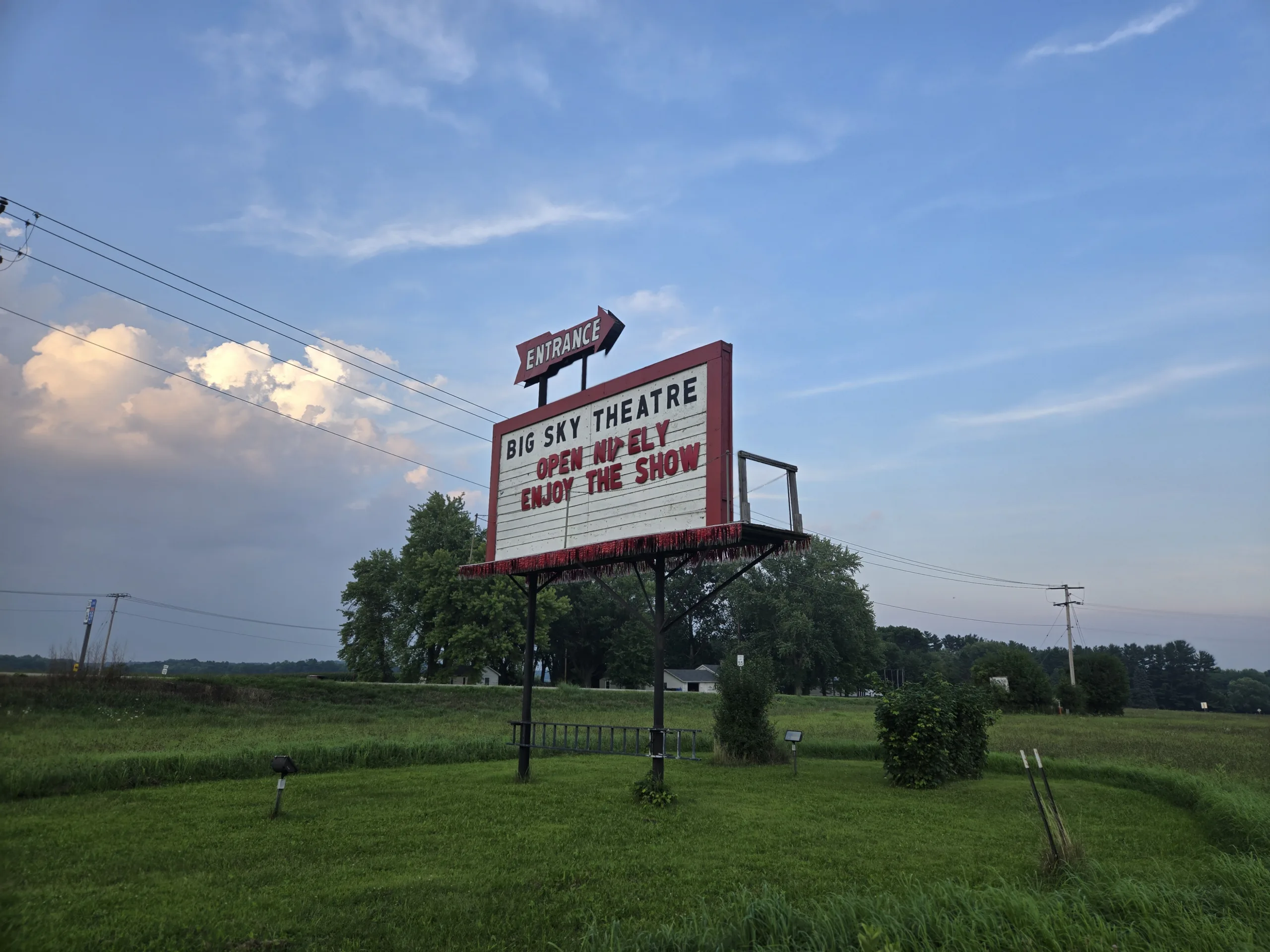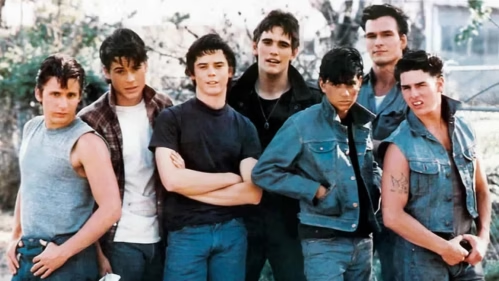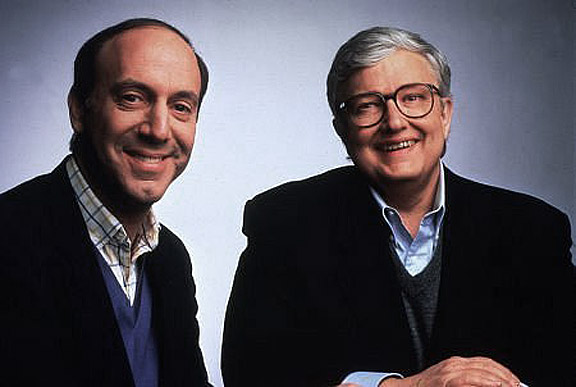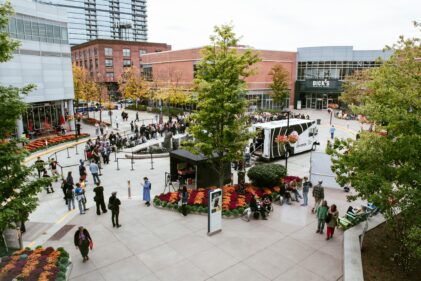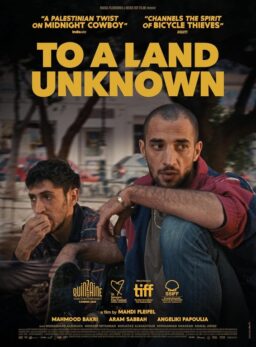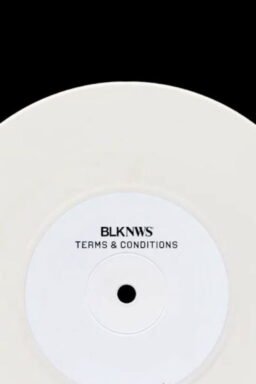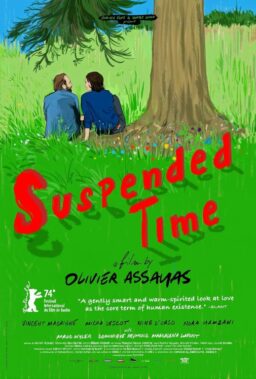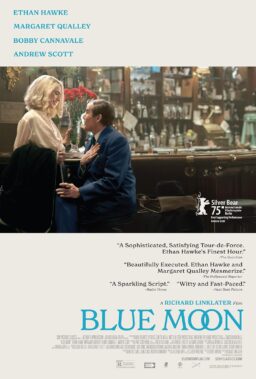A couple of weeks ago, my wife Kerry and I embarked on a tour of just a few of the drive-in theaters still thriving in the Midwest. We live in Chicago. Our trip started in Wisconsin, then down to Iowa, through Indiana, back to Illinois (sounds backwards, but I’ll explain later), and finished in Michigan, visiting a total of six drive-ins. There are many more throughout the U.S, roughly three hundred. If we had the means, we would make this a cross-country endeavor that spans months and spend at least a week at the Mahoning Drive-In in Lehighton, Pennsylvania, where they still show movies on 35mm. If I could, I would write feature articles on each and every drive-in we visited. If I had the money, I would buy a drive-in that needs saving, like the Family Drive-In in West Virginia.
What is so special about drive-ins? I remember growing up and watching John Bloom, a.k.a. Joe Bob Briggs, host his drive-in movie block on The Movie Channel. I even ordered his book “Joe Bob Goes To the Drive-In,” which he graciously signed. Briggs was crude and never shy about his grading scale: “Blood, Breasts, Beasts.” If a movie had all three, he gave it a good review. This not only taught me how to view movies through different lenses, but also instilled in me a need to seek out this drive-in experience. Unfortunately, I was only in high school and a long way from having the means to stay out super late and enjoy a blood-soaked double feature in my own car. Briggs spoke of a bygone era of the drive-in experience–the ‘60s, ‘70s, and most of the ’80s–when many of these venues specialized in trashy triple-features that lasted until 4 am. I missed out on all of it. I went to my first drive-in, the now-extinct M&R Twin in Wheeling, IL, in 1992 to see “Honeymoon In Vegas” and “A League Of Their Own.”
Nowadays, most drive-ins offer family-friendly fare, with special outings for Little League teams and iMovie-produced local ads playing before the features. They have to assimilate with the community to survive, of course, but there remains a strong audience for those of us who wouldn’t mind an adult-themed triple bill of R-rated retro-horror. Some, like the Skyline Drive-In in Shelbyville, Indiana, put up the family-friendly front for most of the week, then indulge in special grindhouse/horror all-nighters on certain weekends where people can camp out, watch movies until dawn, and enjoy a hearty breakfast in the morning. We did this once back in 2022 and remember it as the closest we would ever come to experiencing what drive-ins must have been like back in their heyday (minus the breakfast). But okay, maybe not every drive-in can attract that audience, since most of these places exist in rural areas (less light pollution out there).
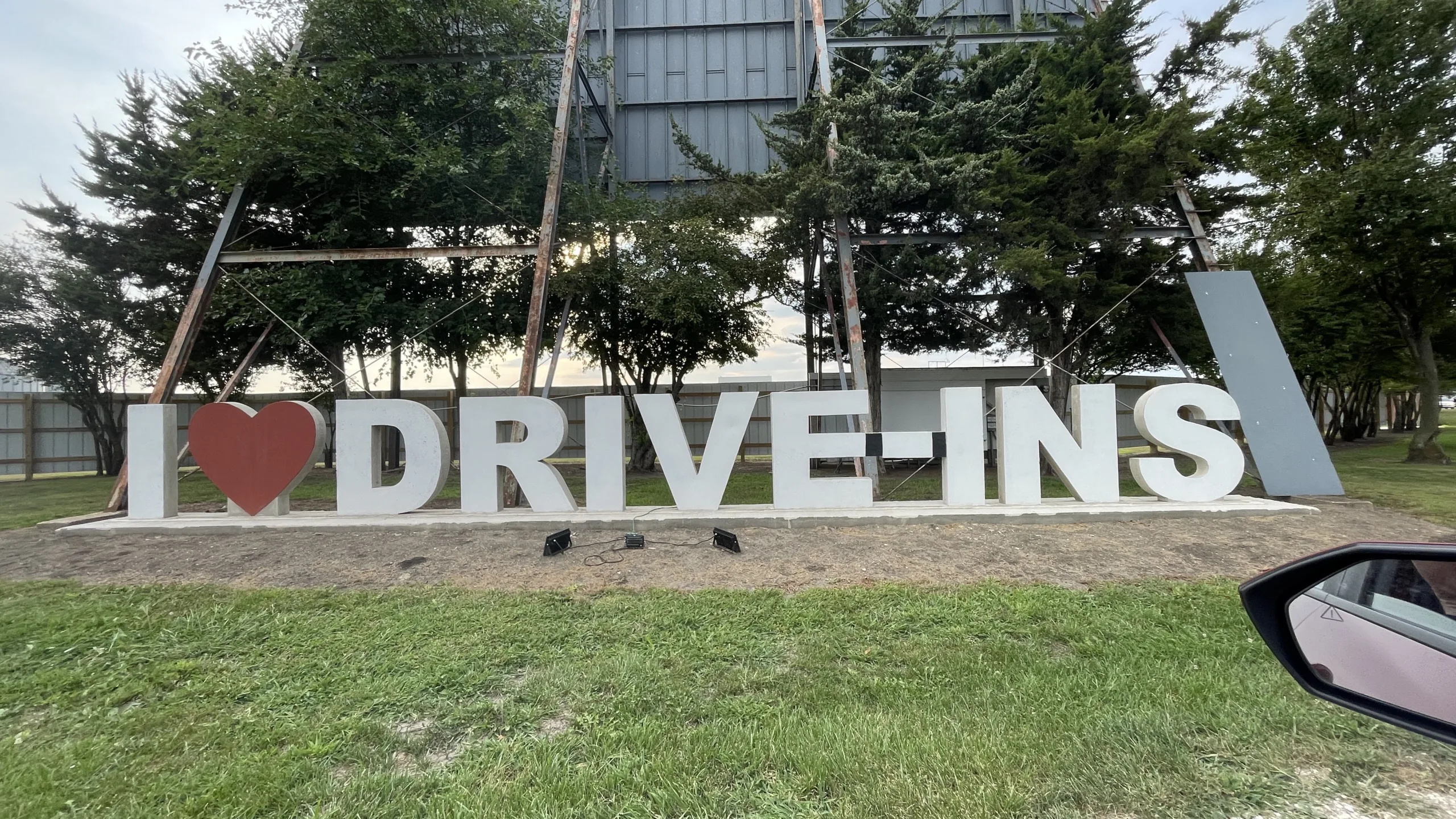
I had been to ten drive-ins in my lifetime, prior to this trip. Throughout our travels, I realized part of their appeal exists in driving up to a new location and seeing how the owners preserve some aspect of the old experience, giving modern audiences something unique to remember about going to the movies. While not every drive-in is perfect, each one specializes in something, whether it’s a robust food menu, a restored architectural design that maintains a decades-old aesthetic, specially curated double features, or all of the above. Visiting multiple drive-ins over the course of a week can sound repetitive. Still, since the venues were all new to both of us, there remained a thrill each and every time we approached one lurking in the distance in the middle of a cornfield, a gigantic, warts-and-all, rectangular structure towering over everything else surrounding it, and a line of cars all waiting to get in. What will make this drive-in special when so many of them play the same movies? We couldn’t wait to find out.
We prioritized drive-ins that remained open throughout the week, which are few and far between. Most only operate on weekends. Our first stop, the Big Sky Drive-In in Wisconsin Dells, WI, has two screens on a beautifully maintained grassy field. The venue proudly boasts on its Facebook page, “Home of the Big Mommaburger,” which basically dictated what we would be having for dinner that night. Everything there was cooked to order, very reasonably priced, and the burgers are among the best I’ve ever had at a drive-in. Perhaps most memorable of all, though, was the discovery of a little grey and white cat, Whitey, wandering the premises. This friendly feline has a home here, is clearly well looked after by the employees, and is friendly with anyone who approaches him. Our double feature for the evening: “Freakier Friday” and “Fantastic Four” (alliteration night), a double bill we would encounter many more times on this journey. We each bought ourselves the first of many drive-in t-shirts that week. Always, always buy concessions.
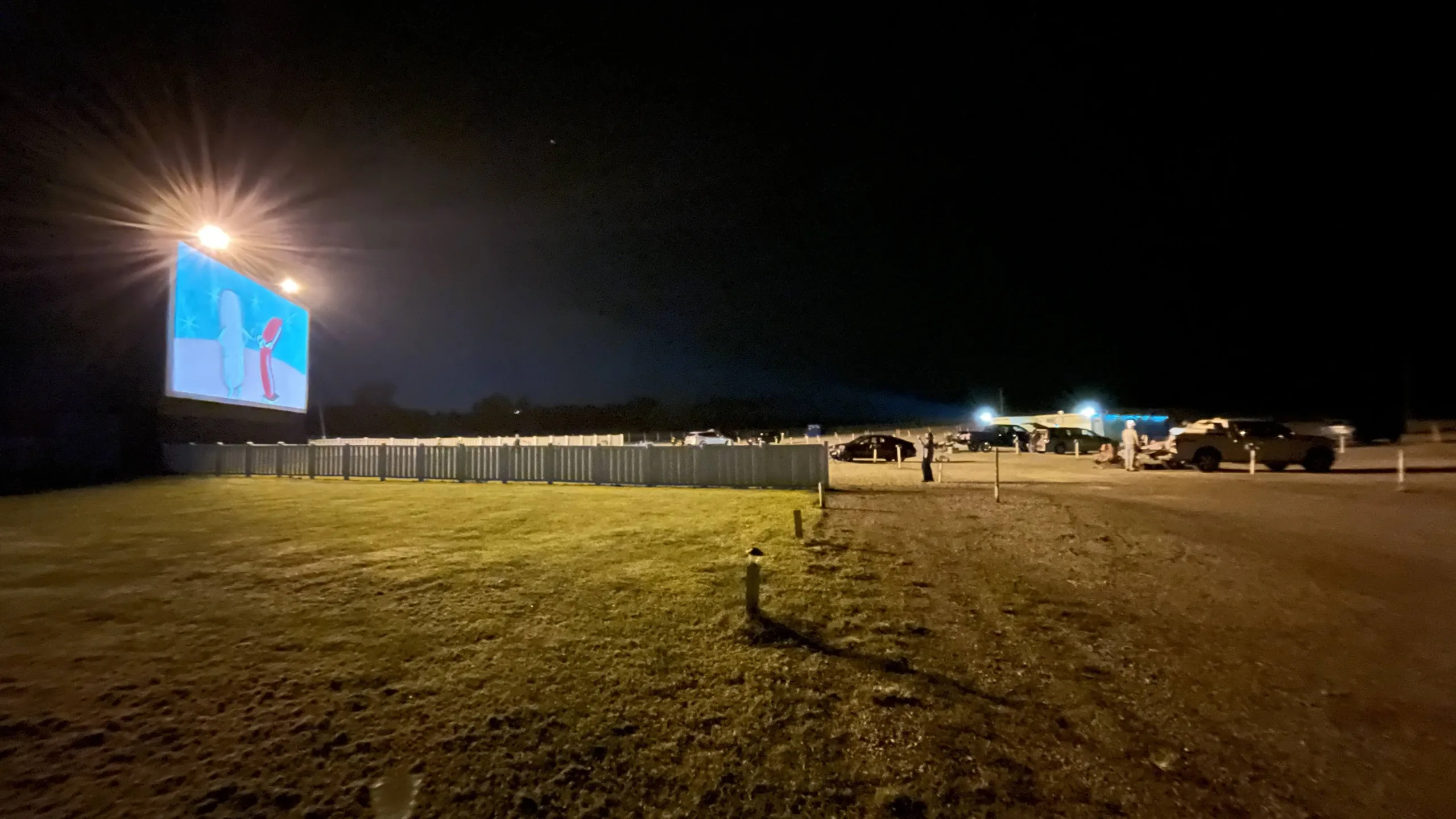
Not all drive-ins have multiple screens, but the Valle Drive-in in Newton, IA, has one beautiful screen that sits in a serene, expansive setting that makes the view of the stars at night positively breathtaking. Their sign along Hwy F48 lights up like a classic mirage in the desert, beckoning a lone traveller to pull over and wander into another time and place. While waiting for the sun to set, patrons can listen to a charming retro oldies radio show made specifically for drive-ins that specializes in ‘60s bubblegum pop (Bread, Davy Jones, and a slew of odd cover songs of the era). Earlier in the day, we visited the “Field Of Dreams” filming location, which Universal Pictures has taken over, turned into a price-gouging tourist trap, and stripped of its mystique. There’s still the Valle Drive-In, though, just existing in the middle of nowhere, and ready to offer its customers something worth building and worth coming to. Our double feature: “The Bad Guys 2” and “Jurassic World: Rebirth,” with an impressive display of classic drive-in bumpers sandwiched between them that you’d probably recognize from the “Sandy” sequence in “Grease.” (That particular 10-minute intermission reel remains a drive-in mainstay, the most widely used that I’ve seen.)
Most drive-ins have the same layout, but the Blue Grass Drive-In in Blue Grass, IA, has the most unique four-screen floorplan I’ve ever seen. Basically, the screens form a gigantic cube in the middle of the lot, with the concession stand and restrooms built within the cube. Instead of walking away from the screen to get something to eat, you have to walk under it. Our screen had a mini-golf course under it, an ingenious idea for a time-filler as you wait for the sky to darken. While the Blue Grass looks a bit dilapidated, causing one to worry about its future and, depending on where you park, your eyes might be focused on two movies at once, there is no other drive-in like it that I’ve seen. They make a point of dedicating one screen to retro double features. Ours happened to be “The Goonies,” followed by “Gremlins,” two often-programmed retro titles that, to my surprise, I had never seen in a drive-in setting until this night. I highly recommend their walking tacos and Oreo nachos.
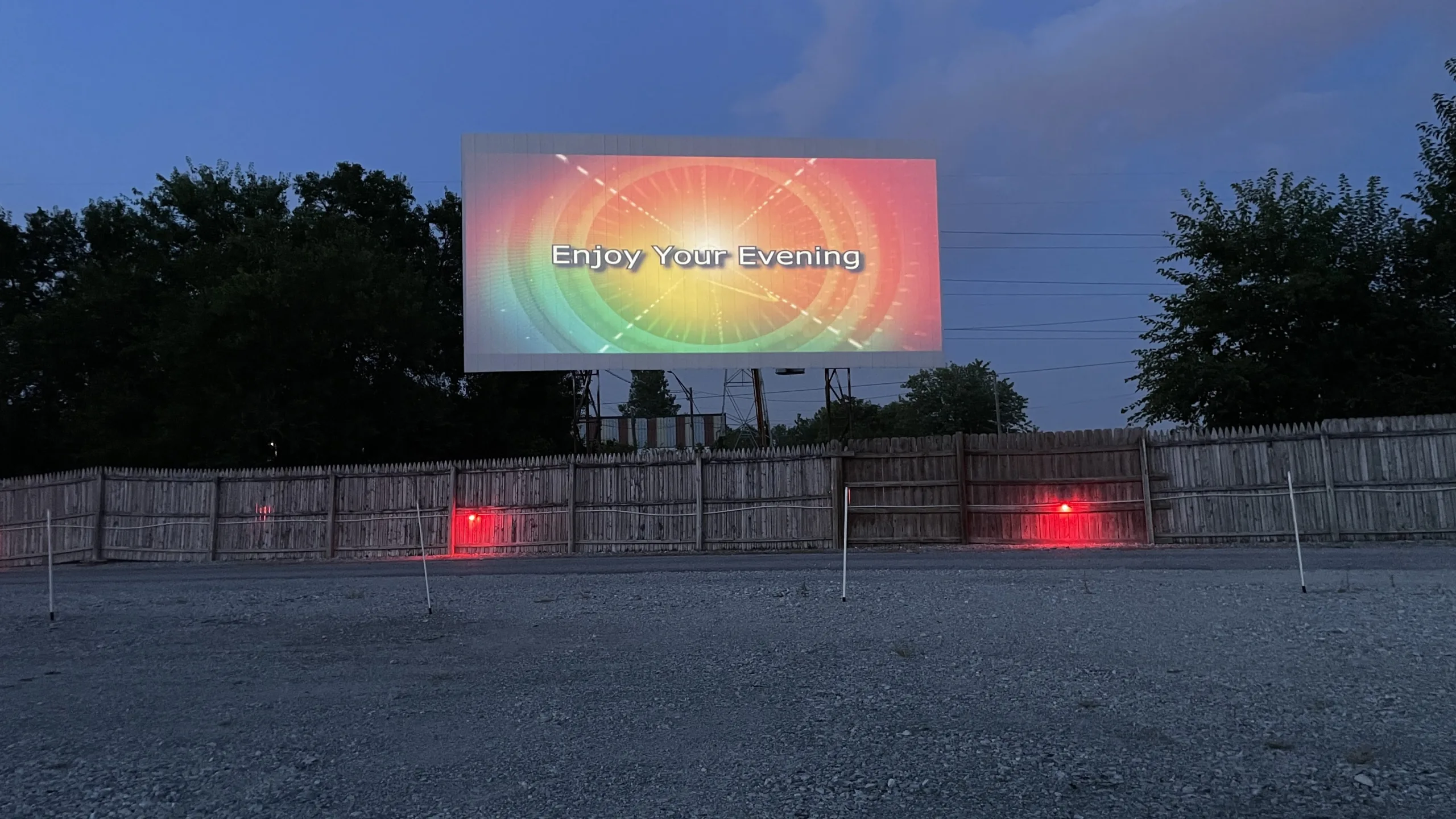
I mentioned earlier that most drive-ins program family-friendly fare as a means to stay open and attract SUVs full of kids and parents who appreciate the value of a double feature at a low price. The Tibbs Drive-In in Indianapolis, IN, always has at least one screen dedicated to horror double features, sometimes two screens. They manage to screen not just mainstream genre films, but also low-budget, less commercial ones as well (this week, they’re going all-in on “The Toxic Avenger”). On this night, we had a choice between “Weapons” and “Witchboard” on Screen 1, “Bad Guys 2” and “Nobody 2” on Screen 2, “Freakier Friday” and “The Knife” on Screen 3, and the gory, low-budget DIY horror film “Jimmy and Stiggs” and “Together” on Screen 4. We chose Screen 4, a mixed blessing, but this double feature felt especially well-curated, since both films deal with two main characters caught in a horrific, unexplainable situation with positively grizzly results. I may not have liked “Jimmy and Stiggs,” but I give a lot of credit to the Tibbs for programming it and telling their social media followers, “This is what a real drive-in movie is.” They’re not wrong. Great concessions as well. We recommend the pickle chips and the pork tenderloin. Kerry said the Tibbs’ corn dog was the best she’s ever had.
To me, the best time to visit a drive-in is toward the end of summer when the blockbusters have started to fade out and owners get creative with their bookings. When we found out the Harvest Moon Drive-In in Gibson City, IL, would be celebrating the 50th anniversary of “The Rocky Horror Picture Show,” we knew we had to make a point of being at the Saturday show, with the shadowcast Flustered Mustard in attendance (hence going from Iowa to the Tibbs in Indiana the night before). The Harvest Moon is a favorite among drive-in enthusiasts. It’s a two-screen venue that mainly shows single features instead of the usual double, with an intermission in the middle of the film (this is typical in other parts of the world; New Zealand theaters always have intermissions during their movies). They will be showing many retro double features in the coming months. They also have a carousel for kids to ride, truck beds to rent, and a fine menu with many “Rocky Horror”-themed food items for this occasion (I enjoyed the blood-red funnel cake).
That night, the movie had an extra-eerie feel as a raging storm made its way closer and closer to Gibson City as the movie progressed. The light show in the sky was as much fun to watch as the film, and the owners made a point of announcing to their patrons that they would keep an eye on it and let us know when it would hit so that people could pack up. The rain started pouring just before the “Floorshow” sequence and went through to the end of the film. If this weather came through the following week when they ran “Twister” and “Twisters,” I’m sure many would have bailed even earlier. (See the short film “Twisted” to hear about an urban legend along these lines. I wrote about it in 2018.)
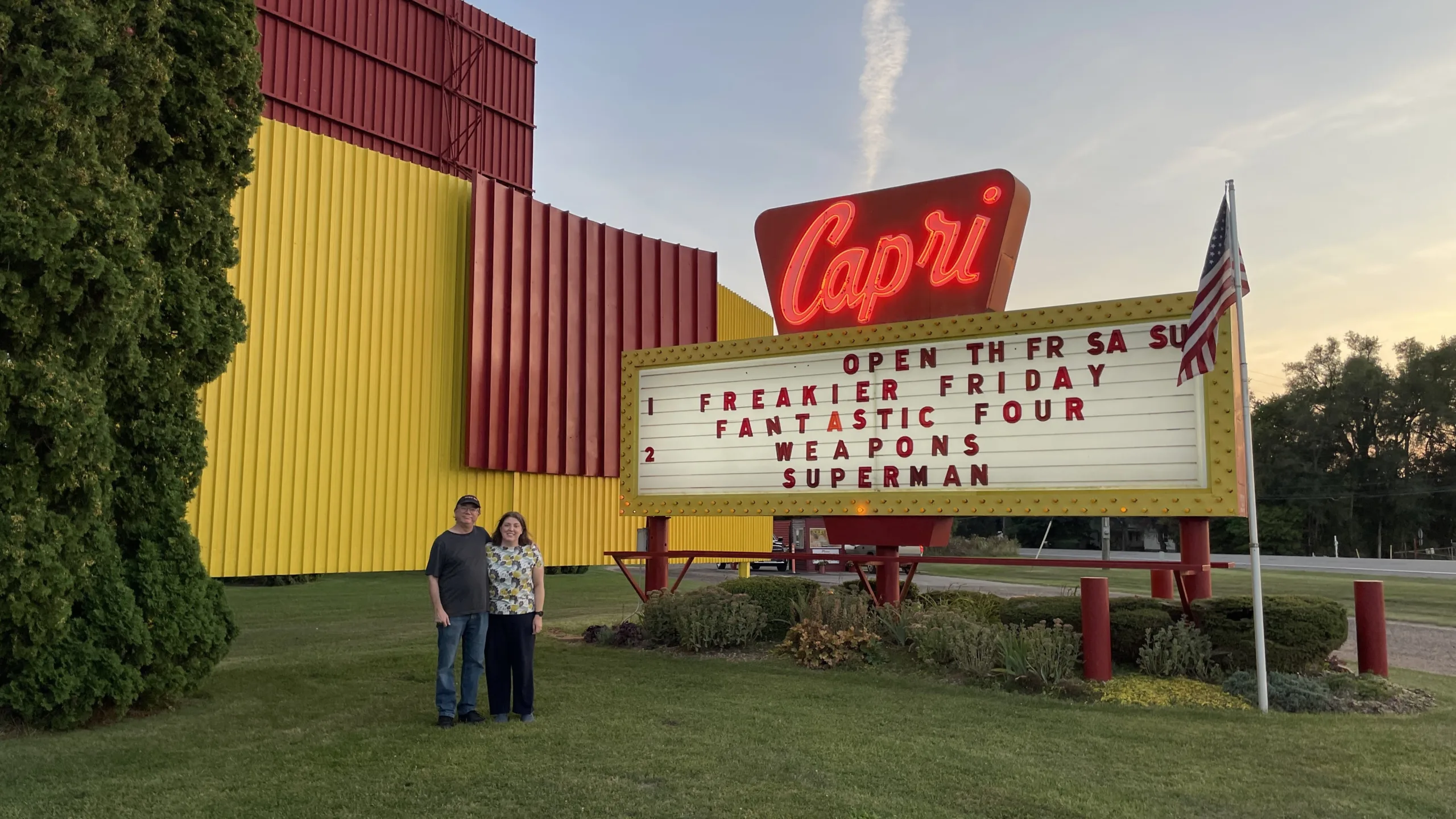
Many drive-ins we have encountered over the years appeal to families because the venues themselves are often family-owned. It’s not uncommon to go through the ticket booth or walk into the concession stand and feel like you’re in someone else’s home away from home. Our final stop was the Capri Drive-In in Coldwater, MI, a two-screen venue given Landmark Status in the state of Michigan and one of the top attractions in the area. Like the Harvest Moon, the venue is family-owned and has been for decades. While walking around and taking pictures, we were greeted by Michael, who offered us a ride on his golf cart and a tour of the projection booth. Michael’s grandfather once owned it, and it has been passed down through generations. The Capri has been lovingly restored over the years, featuring its own distinctive artistic color scheme. The red is “sunset red,” complemented by yellow, which stands for (what else?) popcorn. Together, the colors warmly reflect every drive-in’s own magic hour. Our double feature for the evening: “Weapons” and “Superman.” In the previous week, the Capri hosted a Shortsfest Film Festival, while also presenting its main double feature. Due to the late finish, patrons had the option to stay overnight if they wished. I have slept over at a drive-in before, and I would certainly do it again.
The Capri reminded me that going into a drive-in theater means more than just nostalgia. These cinematic monuments, with some of the largest movie screens you’ll ever see outside of an IMAX, are also survival stories. With every economic hardship, land buy-out, and weather disaster that have plagued this format throughout the decades since their inception in 1933, the owners, their families, and people with lots of money have helped them survive through donations, charity events, and, of course, the general public who continue to show up every weekend. Go to just about any drive-in and the owners will happily tell you when it opened, who used to own it, what disasters it has survived, the COVID years and how the people who run these places get together in Orlando every year for a drive-in theater owners conference where everyone gladly shares ideas on how they’ve brought more money in to help stay open. For many of these people, running a drive-in is a second job.
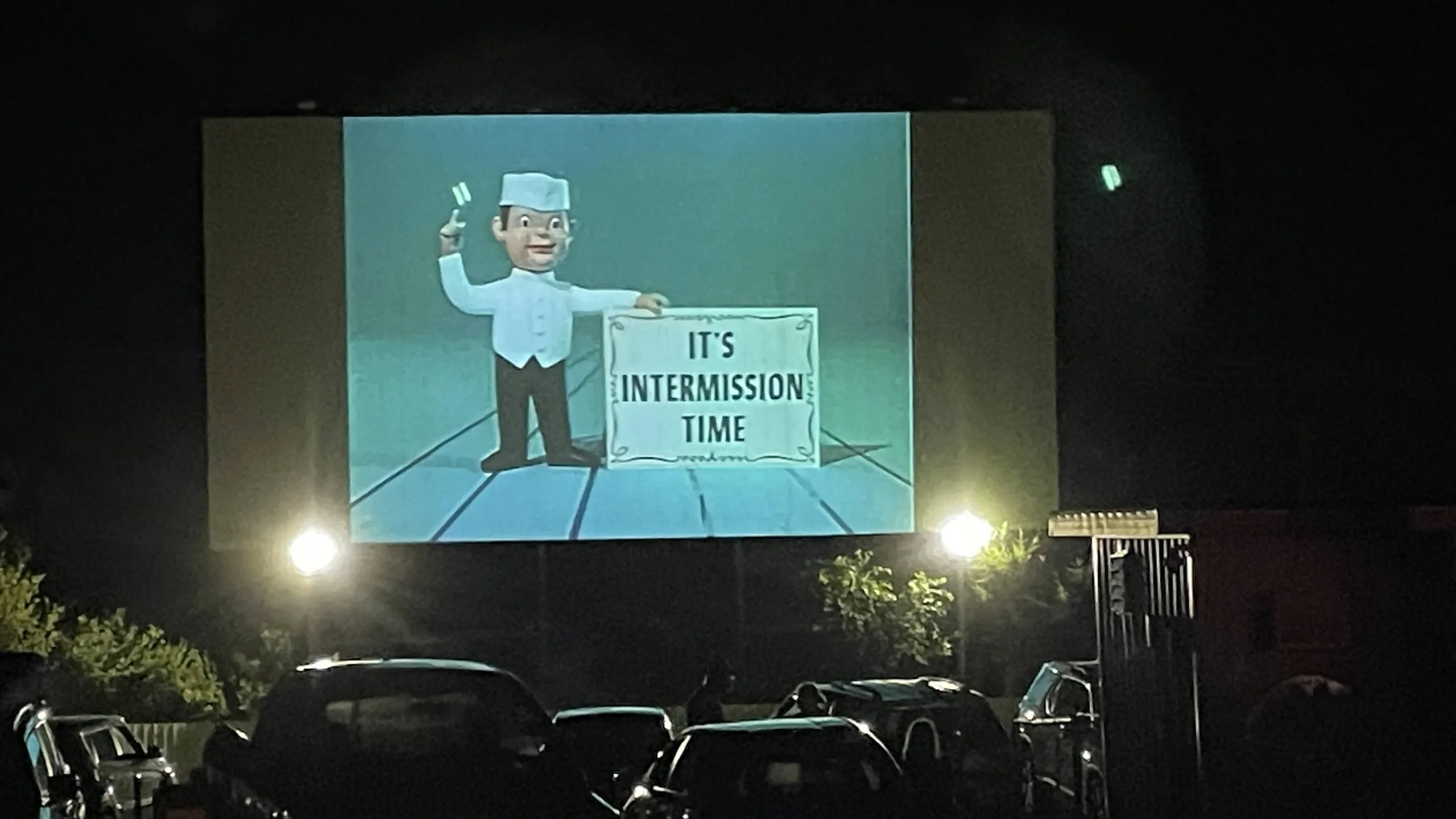
There are many passionate enthusiasts out there doing their part to help keep these places open. Mike Kerz founded the Drive-Ins Near Me site, which catalogs all drive-in theaters throughout the U.S. He and his wife, Mia, serve on the Board of Directors for the United Drive-In Theater Owners Association. Recently, a couple invested every dime they have into restoring the Shankweiler’s Drive-In in Orefield, Pennsylvania, the oldest drive-in in America, and saving it from developers. One person I’ve enjoyed following on the socials is Jeff The Drive-In Movie Guy, who has travelled to hundreds of drive-ins with his pets (we did six venues in six days; He did well over a hundred over a few months). Filmmaker April Wright has made two documentaries about drive-in theaters: “Going Attractions: The Definitive Story of the American Drive-Ins” and “Back To The Drive-In,” which focused on the struggling venues in the post-COVID-2022 summer season, including the Harvest Moon. Sadly, most recently, a major storm pushed through and destroyed the 21 Drive-In Theater screen and marquee. That’s another aspect of appreciation one has for these places as you drive into them and look up at the gigantic screen where you can see every panel, every nail and screw holding it together. Nothing is weather-proof out there.
Planning a trip like this isn’t easy. You have to find drive-ins that stay open all week and accept the fact that you might have to see the same films more than once, since most drive-ins tend to play the same current blockbusters. Only a few venues have multiple screens, and even fewer play retro titles. We started on a Tuesday, so there would be at least one switch-over of films during the trip. Whether you make it a trip or just a night out, be sure to bring your own radio, read the FAQs on every site (some venues are still cash-only), don’t expect perfect presentation, and always, always buy concessions. The drive-ins I frequent the most in my area–the McHenry Outdoor Theater in McHenry, IL, the 49er in Valparaiso, IN, and the 34 in Earlville, IL–are all run by people trying to keep a legacy alive, whether it’s a family legacy or a piece of film history.
It’s all worth saving.

